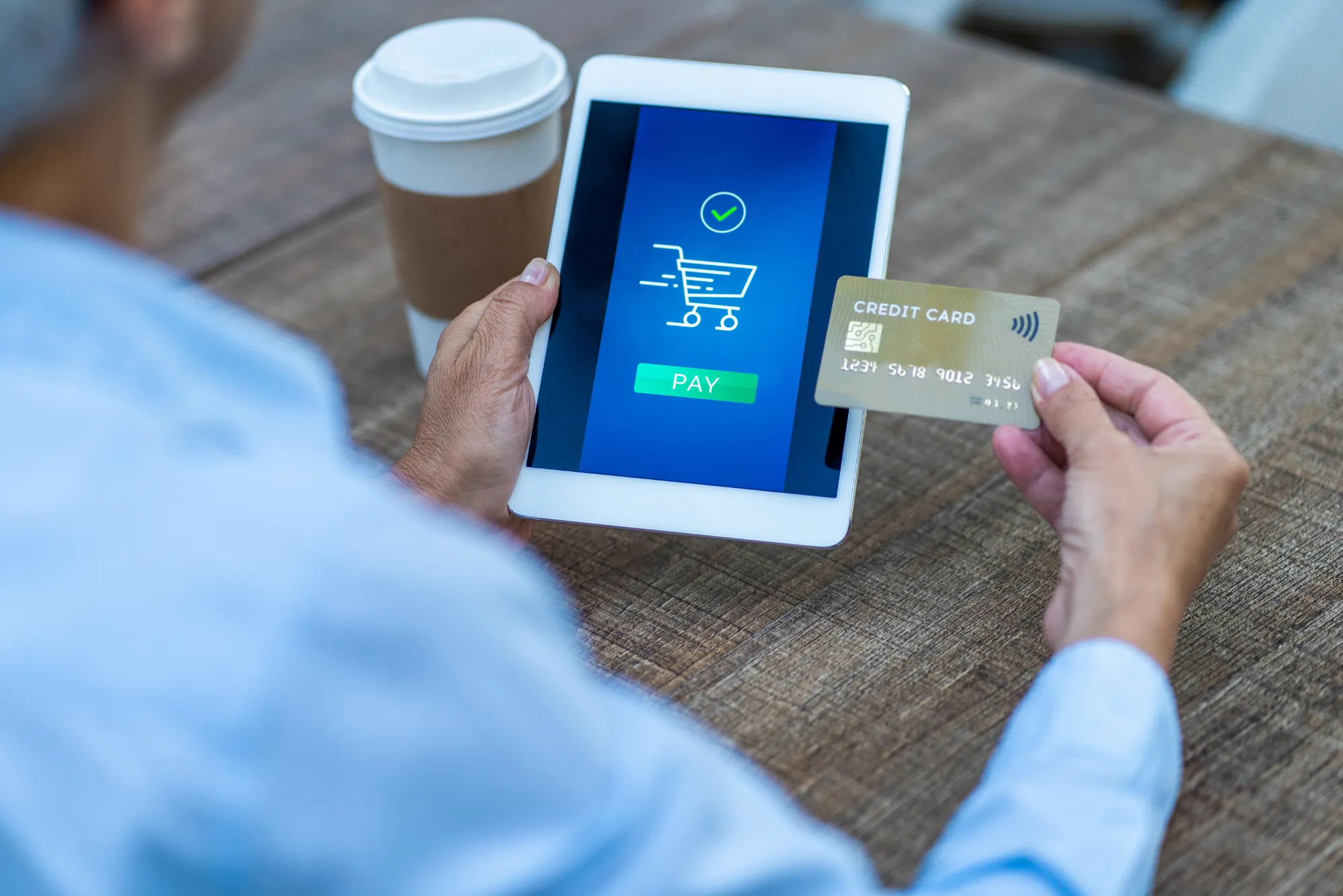Introduction
In an era marked by digital transformation and rapid technological advancements, QR codes have emerged as powerful tools reshaping the modern tech landscapes. Initially developed in the automotive industry for tracking parts, QR codes have evolved to become ubiquitous in various sectors, offering a seamless bridge between the physical and digital worlds.
The Ubiquitous Presence of QR Codes
QR codes have permeated numerous facets of daily life, demonstrating their versatility and adaptability. In marketing, QR codes serve as gateways to immersive experiences, allowing consumers to access additional product information, promotional offers, or interactive content with a simple scan. Similarly, in retail environments, QR codes facilitate convenient transactions, enabling customers to make purchases, retrieve discounts, or join loyalty programs effortlessly. Moreover, QR codes have revolutionized ticketing and event management, streamlining the check-in process and enhancing attendee engagement through personalized experiences.
Advantages of QR Codes
The widespread adoption of QR codes can be attributed to their myriad benefits. Firstly, QR codes enable contactless interaction, particularly valuable in a post-pandemic world where hygiene and safety are paramount concerns. By eliminating the need for physical contact, QR codes minimize the risk of transmission, making them an ideal solution for transactions, information retrieval, and authentication processes. Furthermore, QR codes enhance user experience by offering quick access to relevant content or services, eliminating the hassle of manual input or navigation. Additionally, QR codes provide valuable data tracking and analytics capabilities, empowering businesses to gain insights into consumer behavior, measure campaign effectiveness, and refine marketing strategies accordingly.
Integration of QR Codes in Various Industries
The integration of QR codes extends beyond traditional sectors, permeating industries such as healthcare, education, and hospitality. In healthcare, QR codes are utilized for patient identification, medical record access, and medication management, improving efficiency and patient safety. Similarly, in education, QR codes facilitate seamless access to supplemental learning materials, interactive quizzes, or virtual tours, enriching the educational experience for students and educators alike. Moreover, in the hospitality sector, QR codes enable contactless check-in, digital menus, and concierge services, enhancing guest satisfaction and operational efficiency.
QR Codes and Enhanced Security
Contrary to popular belief, QR codes are not solely facilitators of convenience but also serve as robust security measures. With advancements in encryption and authentication technologies, QR codes can be utilized for identity verification, access control, and anti-counterfeiting measures. By embedding encrypted data or digital signatures within QR codes, businesses can mitigate the risk of fraud, ensuring the integrity and authenticity of products, documents, or transactions.
The Future of QR Codes
Looking ahead, the future of QR codes appears promising, with continued innovations driving their evolution. Augmented reality integration represents a frontier where QR codes intersect with immersive digital experiences, enabling users to unlock virtual overlays or interactive elements in the physical world. Furthermore, the convergence of QR codes and blockchain technology holds immense potential for enhancing security and transparency in various applications, ranging from supply chain management to digital asset tracking.
Conclusion
In conclusion, QR codes stand as catalysts of connectivity, revolutionizing modern tech landscapes with their versatility, convenience, and security features. From marketing and retail to healthcare and hospitality, QR codes have permeated diverse industries, offering seamless solutions for contactless interaction, enhanced user experience, and robust security measures. As technology continues to evolve, QR codes are poised to play an increasingly integral role in bridging the physical and digital realms, shaping the future of connectivity and engagement.
Technology in Information Technology IT is a crucial aspect of modern businesses, transforming how companies operate, communicate, and innovate. IT technology encompasses a broad range of tools, including hardware, software, networks, and data management systems, all of which contribute to the optimization of operations and decision-making processes. With the rise of digital transformation, businesses are increasingly adopting cloud computing, artificial intelligence (AI), big data analytics, and cybersecurity solutions to improve efficiency, enhance customer experience, and protect sensitive information. In Dubai, IdealDubai.ae stands at the forefront of offering cutting-edge IT solutions, helping businesses integrate innovative technologies into their daily operations. By embracing these advancements, companies can gain a competitive edge in a rapidly evolving market. IdealDubai.ae provides expertise in delivering tailored IT services, ensuring businesses stay ahead of technological trends and build a robust infrastructure to meet future challenges in an increasingly digital world.




